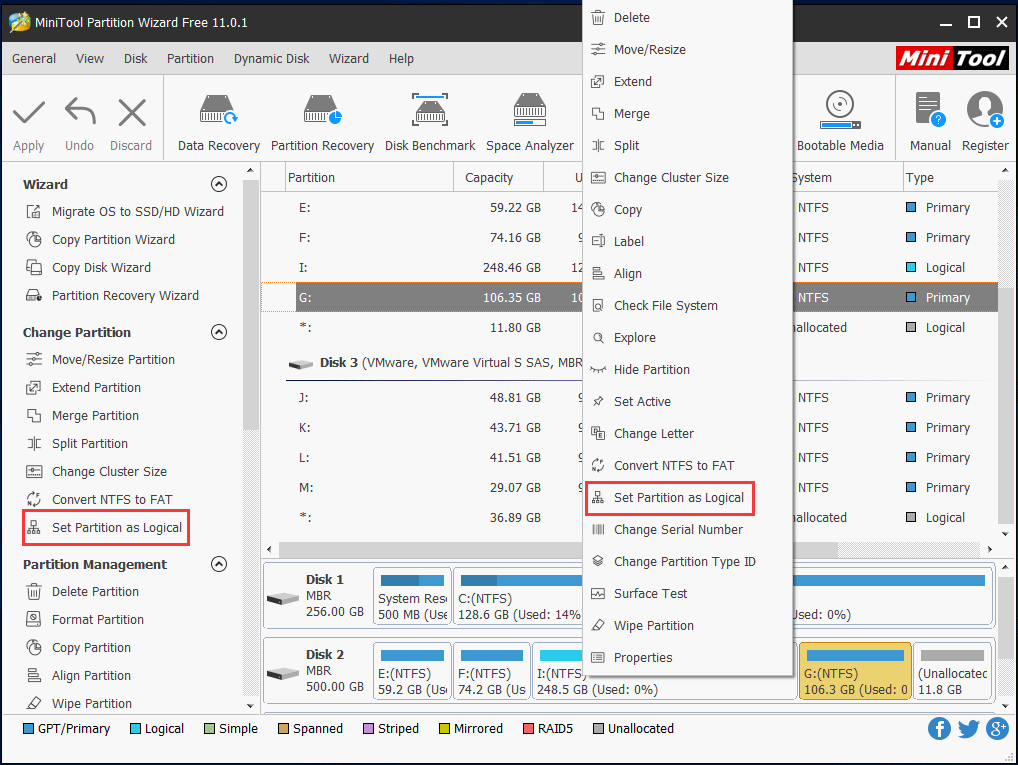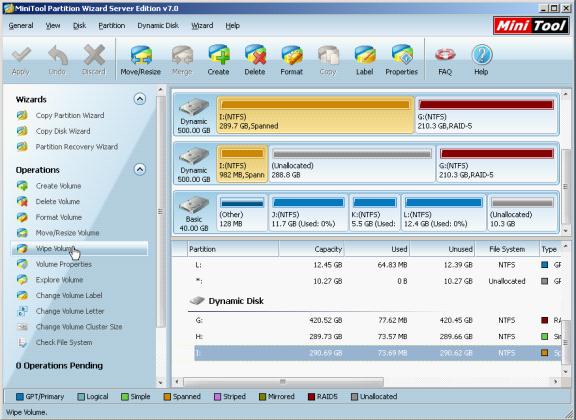

In the example below, we’re shrinking an empty (no data stored on it) 1 TB volume by about 500 GB.
#Partition magic volume manager full#
You could shrink the volume by up to nearly the full 1 TB. For example, say you have a 1 TB disk that contains a single volume, but you don’t have anything stored on it yet. You can only shrink a volume if it has enough free space. You could then extend the existing volume into that newly freed-up space to make one big volume.

Or maybe your disk used to be divided into two volumes, but you deleted one of them. You can do that by shrinking the existing volume and then using the freed-up space to create a new volume. For example, you may need have a disk with one big volume and then decide you want to make it into two separate volumes. Occasionally, you may need to resize a volume. For the most part, we’re going to be talking about volumes in this article, though we may mention partitions or unallocated space where those terms are appropriate. A volume is a partition that’s been formatted with a file system. A partition is space that’s set aside on a disk separate from the other space on that disk.

Note: Technically speaking, volumes and partitions are a little different. And if you select a disk or volume in the bottom pane, the top pane jumps to show the corresponding volume there, too. The bottom pane shows a graphical representation of your disks and the volumes that exist on each disk. If you select a volume in the top pane, the bottom pane jumps to show the disk that contains that volume. The top pane shows you a list of your volumes. The “Disk Management” window is divided into two panes.


 0 kommentar(er)
0 kommentar(er)
